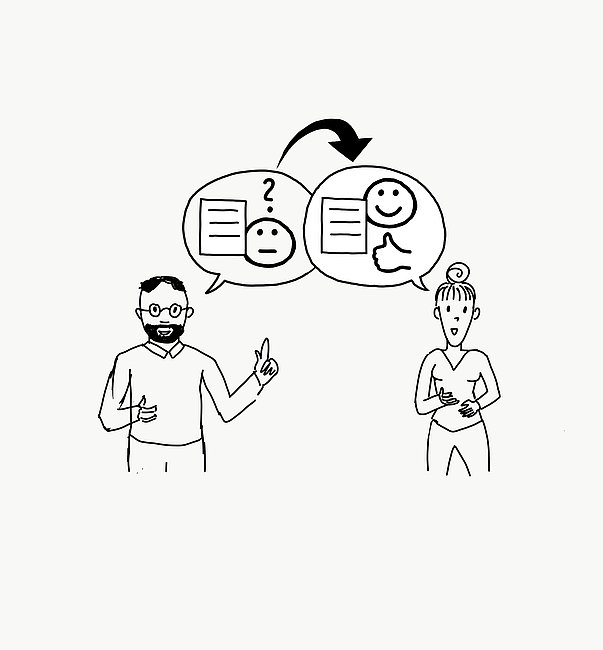Plain Language is important
Some people need plain language so that they can understand everything well.
Only those who understand everything can fully participate.
Plain Language is a language that is very easy to understand.
It can be spoken and written.
Plain Language is especially for people with learning difficulties.
But it is also for other people.
For example, for people from other countries.
These people often don't have a good command of the local language.
They can understand explanations in plain language,
also user manuals, for example.
There are fixed rules for plain language.
People with learning difficulties check the texts.
Or people with little command of the local language.
After the check, they say: I can understand this text.
Sometimes there is no test:
Someone speaks in difficult language.
An interpreter translates into plain language.
Then there is no text.
But you immediately hear in Plain Language.
It's faster.
This way, everyone can participate at the same time.
Simultaneous interpreting into plain language:
What is simultaneous?
Simultaneous is "at the same time".
That's what simultaneous⋅interpreters do:
Someone speaks in a difficult language.
An interpreter translates into plain language in real time.
Simultaneous interpreters can listen, translate and speak at the same time.
